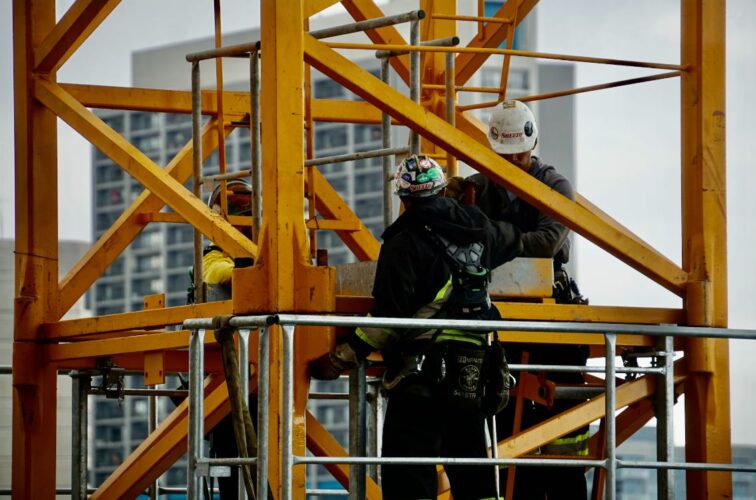What we can do
Our qualified staff can provide on-site inspections to ensure that your harnesses are safe to use, and comply with legal requirements. Each harness will receive a thorough inspection, and a written record will be created as evidence of the inspection.
Our trained staff can inspect all aspects of your Personal Fall Protection Equipment (PFPE) to ensure they meet legal requirements and best practices, and are suitable for use. Additionally, we can assist in creating a procedure for user checks and risk assessments, outlining what needs to be checked and when. This will help ensure that your equipment remains in optimal condition, and that safety standards are upheld.
What should employers be doing?
Employers should establish a regime for the Inspection of lanyards, including their unique identification. Effective arrangements should include:
- Clear guidelines on the frequency and type of inspections (pre-use checks, detailed inspection, and interim inspection when necessary)
- Designation of competent persons responsible for carrying out the inspections
- Defined actions to be taken when defective lanyards are found.
- Implementation of a system for recording the inspections
- Training provided to users.
- Establishment of a monitoring mechanism to ensure inspections are conducted as required.
How often should harnesses be inspected?
It is highly recommended that users perform a thorough inspection, known as an examination, of the harness before its first use. Additionally, regular inspections should be conducted at least every 6 months for normal use and 3 months for arduous conditions, environments, and occupations.
However, it is important to note that the inspection intervals should be determined based on a suitable and sufficient risk assessment. SAMS can assist you in defining these intervals and creating customised risk assessments that align with your specific business needs.
What needs to be inspected?
Personal fall protection equipment generally falls into these categories:
- Fall restraint systems: These systems limit the range of movement of the wearer to prevent them from falling.
- Fall arrest systems: These systems incorporate energy shock absorbing features to reduce the shock loading on the wearer in the event of a fall.
- Work positioning systems: These systems allow the wearer to climb a solid surface and remain attached to a structure.
- Rope access systems: These systems enable workers to work in a suspended position without a fixed structure to support their body.
- During inspections, it is important to cover all types of personal fall protective equipment and their attachments to ensure they are suitable for work.
To ensure the safety of workers, inspections should comprehensively cover all types of personal fall protective equipment and their attachments, verifying their suitability for the specific work requirements.
Harness inspection price
Please contact us now for a price on application.

